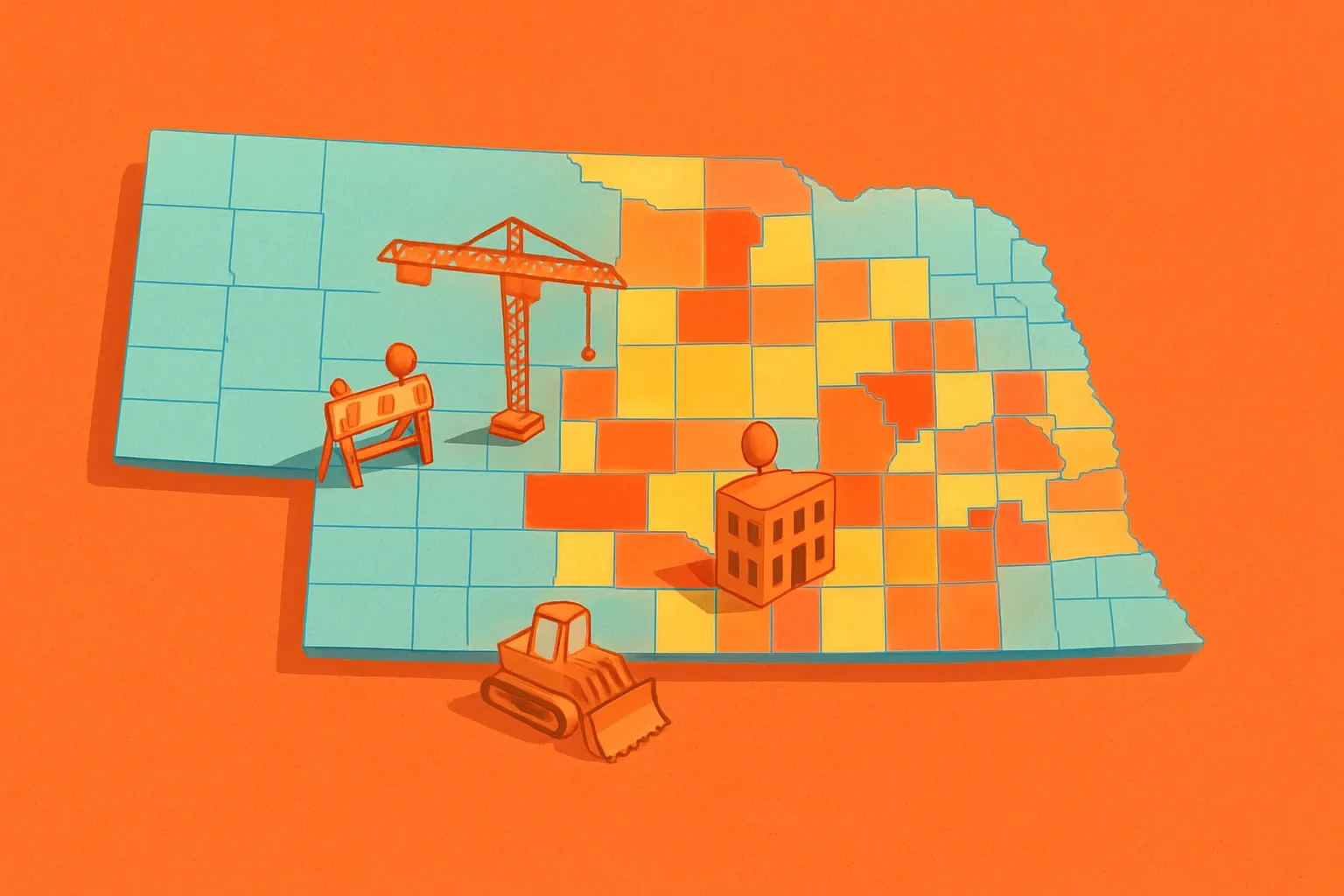Nebraska’s Urban Development Incentive Act: EPD Ripple Alert
Nebraska lawmakers are weighing L.B.164, a bill that would pour up to $46.5 million a year into grants for projects in economically distressed areas. The catch: extra money flows only when a development earns green-building stripes such as LEED certification. That single clause could quickly boost demand for product-specific EPDs across the Cornhusker State—even before a single shovel hits the dirt.


Inside L.B.164: Grants With Green Strings Attached
The Urban Development Incentive Act sets seven grant buckets, from down-payment boosts to job-training funds. One bucket pays up to $75,000 when a project achieves LEED or an equivalent rating (LB164, 2025). Another offers up to $50,000 for on-site renewables. To finance the whole package the bill proposes $46.5 million in annual appropriations (Fiscal Note, 2025). The draft cleared a February hearing but remains stuck in committee as of October 7, 2025.
Up to $75k for LEED Can Shift Specs
A seventy-five-grand carrot may look small beside total build costs, yet for infill projects under $10 million it can plug stubborn financing gaps. Developers that chase that bonus will chase LEED credits. LEED’s Materials and Resources category awards up to six points for verified EPDs (USGBC, 2024). No EPD, no points, no grant bump.
How LEED Points Depend on Your EPD
LEED v4.1 counts any third-party-verified product EPD as one point under MR Credit “Building Product Disclosure and Optimization – EPD”. Provide multiple EPD-backed products and the credit multiplies. Project teams also lean on Type III EPDs to document embodied-carbon cuts for the newer “Decarbonization Pathways” pilot credit (USGBC Pilot Library, 2025). In other words your declaration can flip a project from bronze to bonus.
Market Size: From Omaha Lots to Supply Chains
Nebraska recorded $920 million in commercial building permits last year (Nebraska DED, 2024). Only a slice lies in distressed tracts, yet even a ten-percent uptake would channel roughly $90 million in material orders toward LEED-seeking jobs. Regional specifiers often reuse shortlists across state lines, so readiness in Nebraska can echo into Iowa, Kansas, and Missouri.
Action Steps Before The Final Vote
- Audit your catalog. Flag SKUs already covered by EPDs and map gaps.
- Watch the committee calendar. If the bill advances during the 2026 short session, grant rules could activate by July 1.
- Line up data now. Collect 2024 production utilities and bills; most EPDs anchor to a full-year reference.
Picking an EPD Partner When Speed Counts
Grant windows close fast once rules publish. Consultants that hand project management back to your engineers waste precious weeks. Look for a provider that drives data collection itself and delivers a draft LCA inside eight to ten weeks, not six months. Your most experienced staff can then stay on the line rather than staring at spreadsheets (EPA, 2024).
Key Takeaways for Sales Teams
If L.B.164 passes, every rehab bid in North Omaha or South Lincoln may ask, “Do you have an EPD?” Answer yes and you ride the grant wave. Answer no and you risk watching a competitor walk off with both the spec and the $75k bonus. Better make that EPD request today; tommorow the phone may ring off the hook.
Frequently Asked Questions
Does L.B.164 make EPDs mandatory for Nebraska construction projects?
No. The bill offers cash incentives for LEED-certified developments, and LEED in turn rewards projects that specify products with verified EPDs. So the law nudges, rather than mandates, EPD adoption.
How soon could the Urban Development Incentive Act take effect?
The draft includes an emergency clause, so it could activate immediately once signed. The earliest realistic start date is mid-2026 if the Legislature moves the bill in the 2026 short session.
Will a generic industry EPD earn LEED points under L.B.164 grants?
LEED v4.1 gives full credit only to product-specific EPDs. Industry-wide EPDs earn half-credit, so developers chasing maximum points—and the extra $75k—will prefer product-specific versions.
What data should manufacturers prepare now to accelerate an EPD?
Utility and production data for the most recent full fiscal year, bills of materials, transport distances, and waste records. Having these ready can cut weeks off the LCA phase.
